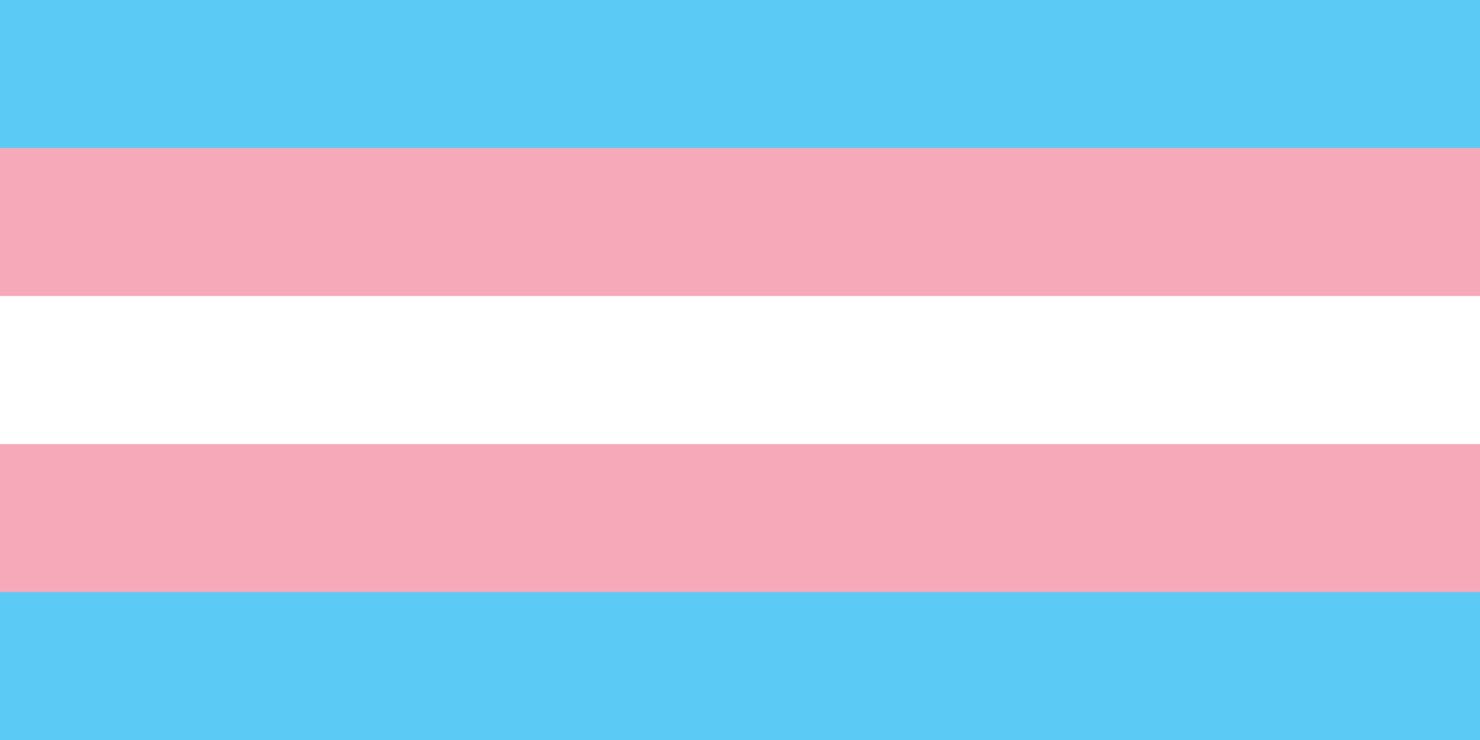
Published 16 November 2021
Supporting the trans community in the workplace is something I hope most organisations are doing. However, if you’re wondering where to start then Transgender Awareness Week is a good place to start and I am here to help…
“Transgender” might be a scary word for some of you. I know it was for me, once upon a time. Some of us are raised to believe that being transgender is an illness, a character flaw, or a taboo act of rebellion. Even worse, some of us are raised in an environment where efforts are made to “shield” us from what is seen as a bad or dangerous influence.
Sooner or later, though, one becomes exposed to the concept of being transgender, either through meeting someone who is, themselves, a member of the trans community, or, more likely, through media outlets sensationalising the experiences of trans individuals (usually in a negative light). A recent example is the Dave Chapelle controversy, where the comedian spent the larger part of his Netflix special making jokes at the behest of the queer community, specifically its transgender members. His actions display more than a little ignorance, and I think that publicity like this can be a large part of why people might find the word “transgender” scary – it’s a largely misunderstood concept.
As a transgender man and a working professional, this misunderstanding informs more of my daily interactions than one would assume. Despite almost two years on hormone replacement therapy (and a deeper voice and plenty of hair to show for it), people I work with across many different areas refer to me as “she”, “her”, “woman”, or “girl”. Every time, I wonder how many women they have met with the name Theo? More amusing is the refusal to use any sort of pronouns whatsoever when someone can’t “work out” my gender – this leads to stilted conversations that feel more like they are about me than they are involving me. They might think they’re smoothly avoiding confronting my identity, but they’re only making it painfully obvious that they can’t resolve an identity for me within their own understanding of gender – and that’s totally okay.
In my own experience, genuine misunderstanding seems to be the root cause of most issues I’ve faced in my professional life. Businesses simply aren’t equipped with a robust understanding of gender for the most part, unless they are part of the health sector or have openly transgender employees. On a more granular level, unless you have people in your life who are openly queer while you’re young, you likely won’t come across transgender representation until well beyond your formative years, when you’ve already developed an (often binary) understanding of gender. While I can’t fix the system that purports being cisgender as the baseline by which gender is measured, I can use my own experiences as a trans man to help inform workplaces on how to adopt practices that better embrace gender diversity.
How do I know what pronouns to use?
In a word: ask.
Okay, that’s not exactly an actionable business goal – let’s look at a few situations where asking pronouns is useful, and the format that this question can take.
One useful way of asking for pronouns, and one that I am excited to see more and more businesses adopting, is including a “pronouns” field on their forms. Having this field on forms for new starters, contractors, customers, visitors, presenters, or any form where an individual needs to identify themselves helps with a couple of things. Firstly, it ensures that you know how to address them correctly, which will make communication a whole lot easier for all parties involved. Secondly, by including this field on a form that will be filled out by both cisgender and transgender people, it helps to normalise the use of pronouns in the workplace.
But what about when you’re meeting with, say, clients, who haven’t had to fill out any forms before speaking with you? My advice in this situation is to lead with your own introduction as an example.
“Hi, my name is Theo, and I use he/him pronouns – it’s great to meet you!” Is a fairly stock-standard greeting that helps normalise the use of pronouns if you’re a cisgender person, and lets others know how to refer to you if you’re a transgender person.
There’s also plenty of informal opportunities to normalise pronouns in the workplace, especially in today’s work climate where we have migrated to hybridised work due to the pandemic. Using your pronouns in your display name, profile, or email signature are all great ways to be inclusive and let people know how they should refer to you.
What about the bathrooms at work?
As a transgender person, my ideal workplace would have gender-neutral restrooms – I just don’t see a reason why we still need to delegate where we pee based on how people refer to us. But I understand that this isn’t the reality for most workplaces, so here’s my two cents – let people pee where they feel most comfortable. I promise you that all we want to do is be left in peace, and we’ll probably be quicker than your cis co-workers anyway, since the bathroom is generally the last place we want to be. Less waiting in line for you, less awkwardness for your trans colleagues. Win-win!
Side note: if your work bathroom provides pads and tampons in the women’s restroom, provide them in the men’s too. Trans men and non-binary people with periods will thank you. Also, I promise your cis male employees won’t drop dead if they see a sanitary napkin.
If you want to make people feel welcome, providing signs with something along the lines of “Please use whichever restroom makes you feel most comfortable” is a great step. Just please avoid those signs with mermaids/aliens/pirates/unicorns as a “third” gender, I’m begging you. See these needlessly obtuse signs for examples of what NOT to do.
Make sure your gender diversity programs are actually diverse
This point is particularly important in industries such as technology which have historically been dominated by cisgender men. Including “gender diversity” programs is a fantastic step toward making sure everyone gets an equal opportunity for success – but is your gender diversity truly diverse? Many of these programs, especially those in tech, say they are advocating for gender diversity, but are really only advocating for women. While we certainly have a long way to go to help make the workplace more inclusive for women, these programs often leave trans and non-binary people in a bind.
If your company offers one such program, make sure to clearly communicate that trans and non-binary participants are welcomed if this is the case. There’s nothing worse than signing up for a “gender diversity” program only to be rejected on the basis of being “not a woman”. If the event is only for women, state that.
Similarly, it’s important to recognise that trans men are men and trans women are women and can (and should) be invited to appropriate events. Include your trans male colleagues in men’s health discussions and invite your trans women colleagues to women in tech events, for example. We appreciate being involved, and having diverse perspectives at events makes conversations richer and more meaningful. I’m grateful to work for a company that is inclusive in all of its events and makes sure that every employee can participate at varying levels – I’m currently in the lead for raising Movember funds despite having the least impressive moustache on the team!
In conclusion
Your transgender employees and colleagues are working professionals as well, and deserve to be treated with the same dignity, respect and kindness shown to others. There’s far more to being transgender than I could ever fit in a single blog post, but if you take away one thing from this, here’s my top tip: if you wouldn’t say or do something to a cisgender colleague, don’t say or do it to your trans colleague. Simply treat us with respect and, where possible, use your power and privilege to advocate for us.
Supporting your queer employees is equally important too, so if you enjoyed this blog and want to continue your learning then take a read of our Pride 2021 – Meaningful Allyship blog.
About the author
Theo Harris is an Associate M365 Developer at Engage Squared with a keen interest in visual communication on the web. As a recent full-stack development graduate, he is constantly working to apply his knowledge to build better solutions. Theo is also a practicing fine artist, specialising in drawing, and an open and proud trans man. #TDoR
